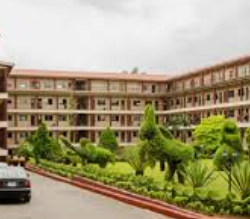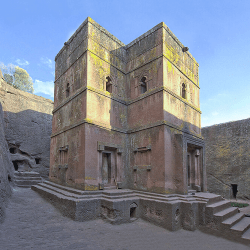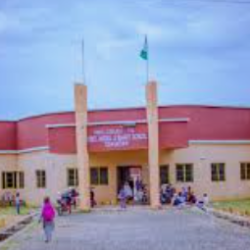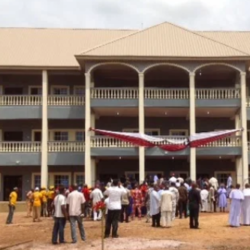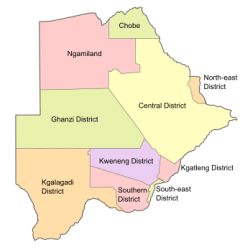Dancing Through Time: Sunrise Over Itchan Kala
As the first light touches the ancient walls of Itchan Kala – the historic heart of Khiva – a dancer steps into the silence.
Set against the golden glow of the sunrise, this performance celebrates Uzbek dance: an art form alive with expressive eyes, graceful hand gestures, and centuries of tradition.
Once a vital stop on the Silk Road, Itchan Kala is now a UNESCO World Heritage Site, preserving over 50 historic monuments and 250 traditional homes. And here, where history still lives and breathes, dance brings the past into motion. Join us in this poetic moment where heritage meets movement, and morning light awakens memory.
The Cultural Significance of Itchan Kala
Located in Khiva, a city in western Uzbekistan, Itchan Kala is the inner town of an ancient oasis settlement. Enclosed within formidable adobe walls, this old city preserves a vivid slice of Central Asian history. With its iconic minarets, medresas, and palaces, Itchan Kala provides a timeless backdrop for storytelling, where architecture and art intersect.
This walled city is more than just bricks and mortar – it’s a living museum. The structures date back to the 10th century, and some restorations during the 18th and 19th centuries still retain the spirit of Silk Road grandeur. For centuries, it was a refuge for caravans, scholars, and artists alike.
Uzbek Dance: A Language of the Soul
Uzbek dance, particularly the classical style known as “Khorezm dance,” originates from this very region. Known for its intensity, vibrancy, and theatricality, the dance is deeply woven into the fabric of local culture. Movements in Uzbek dance emphasize the upper body, especially the hands, arms, and eyes. Dancers tell stories not with words, but with glances, flicks of the wrist, and twirls that stir the desert dust.
The choreography often mirrors nature, echoing the movements of birds, flowing water, and even the desert wind. Costumes, rich in color and embroidery, enhance the spectacle. Each outfit is a testament to regional craftsmanship, showcasing silk ikats, suzani embroidery, and jewelry that jingles like whispered legends.
Dance as Historical Memory
Dance in Uzbekistan has always served more than a performative role. It is an embodiment of memory and oral history, passed down from generation to generation. Through wedding dances, seasonal festivals, and Sufi-inspired rituals, movement carries forward the legacy of ancestors.
The tradition is so valued that many Uzbek dances have been officially recognized as part of the nation’s intangible cultural heritage. As global interest grows, efforts to preserve and teach these dances are expanding across cultural institutions and dance schools.
Sunrise Performances: Where the Past Comes Alive
Sunrise over Itchan Kala is not just a moment of beauty – it is a rite of passage. The dancer, alone yet representing a lineage of artists, transforms the city into a stage. As golden light spills over the Kalta Minor Minaret and the Kunya-Ark fortress, every motion becomes a dialogue between ancient stone and living breath.
These performances are often spontaneous, done not for cameras or crowds, but as a personal tribute to heritage. However, festivals like “Magic of Dance” and cultural celebrations in Khiva increasingly feature such spectacles, drawing international tourists and locals alike to witness these powerful connections.
Bridging Old and New
In the digital age, Uzbek dance is finding new platforms. Social media and online videos have become unexpected yet effective tools for preservation and outreach. Young dancers film their routines in historical locations like Itchan Kala, blending tradition with contemporary modes of expression.
The government and cultural NGOs are also investing in dance academies, scholarships, and international collaborations to ensure this art form thrives. Through exchanges with artists in India, Iran, Turkey, and even the United States, Uzbek dance is now a global conversation rooted in local pride.
Conclusion: The Dance of Eternal Morning
As the sun rises over Khiva, and the ancient city stirs with light and life, one can sense that something profound is taking place. A single dancer – through movement, poise, and spirit – holds the power to awaken memory, conjure history, and carry culture forward.
This is not merely performance. It is an act of remembrance, resistance, and renewal. The dancer in the dawn is a storyteller, historian, and keeper of tradition. And as long as she moves, the past will never truly be still.
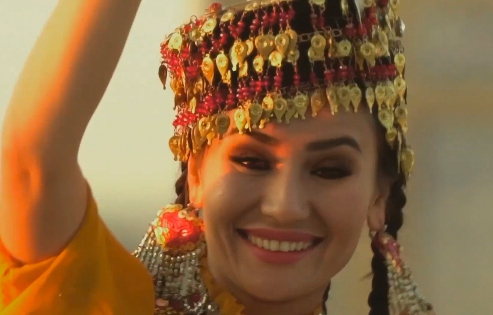
FAQs
1. What is Itchan Kala known for?
Itchan Kala is known for being the walled inner town of Khiva, Uzbekistan, and a UNESCO World Heritage Site with over 50 historic monuments, including mosques, palaces, and medresas.
2. What makes Uzbek dance unique?
Uzbek dance is distinguished by expressive facial gestures, intricate hand movements, and costumes rich in cultural symbolism. It often reflects nature and local folklore.
3. When is the best time to visit Khiva for cultural performances?
Spring and early fall are ideal, especially during festivals like the “Magic of Dance,” where sunrise performances and cultural showcases are common.
4. Are there efforts to preserve Uzbek dance?
Yes, government initiatives, cultural NGOs, and international collaborations are actively preserving and promoting Uzbek dance, including its inclusion in intangible cultural heritage lists.
5. Can visitors participate in dance workshops in Khiva?
Yes, several cultural centers and tourist programs in Khiva offer dance workshops for visitors interested in learning the basics of Uzbek classical and folk dance.

